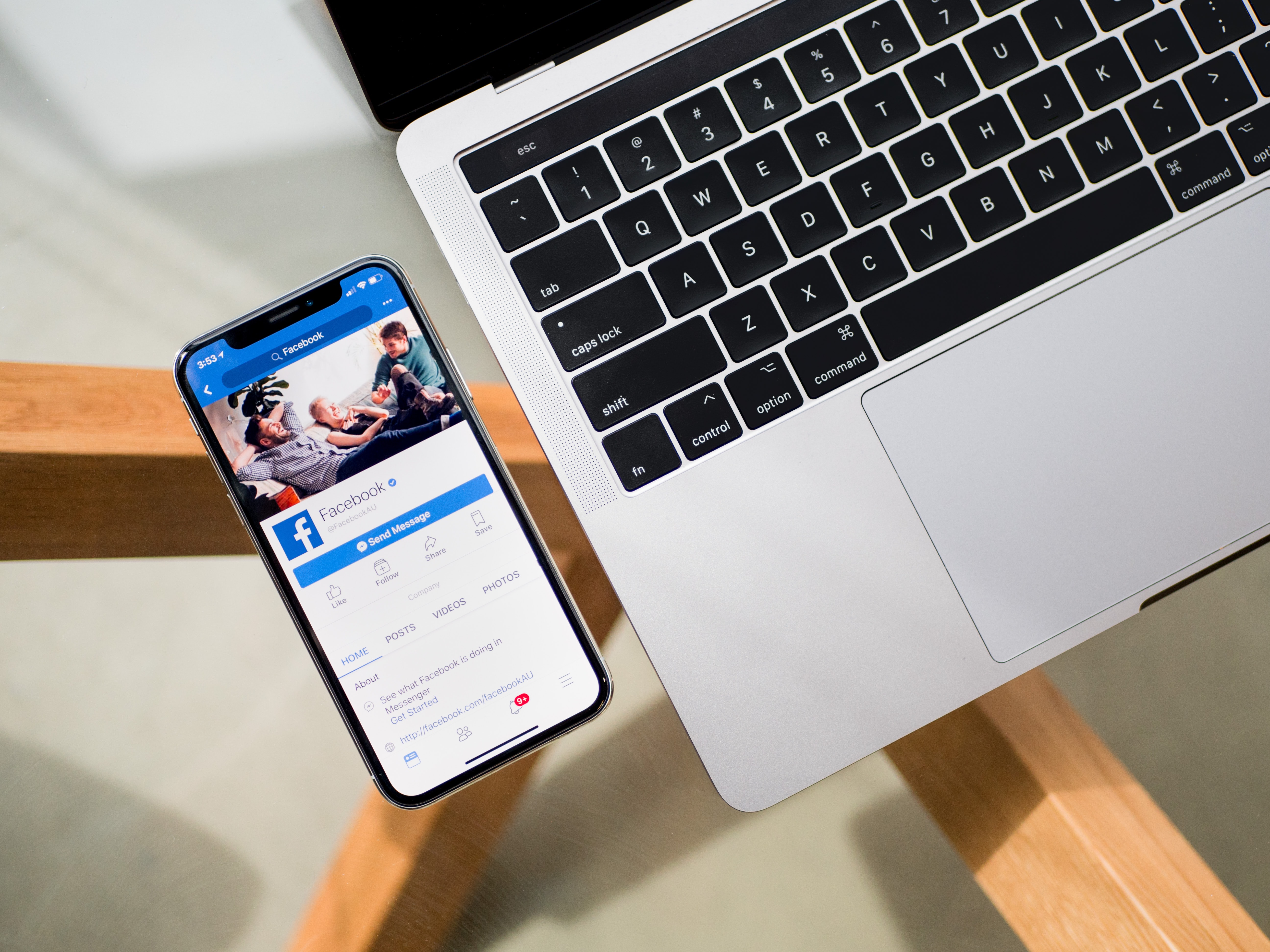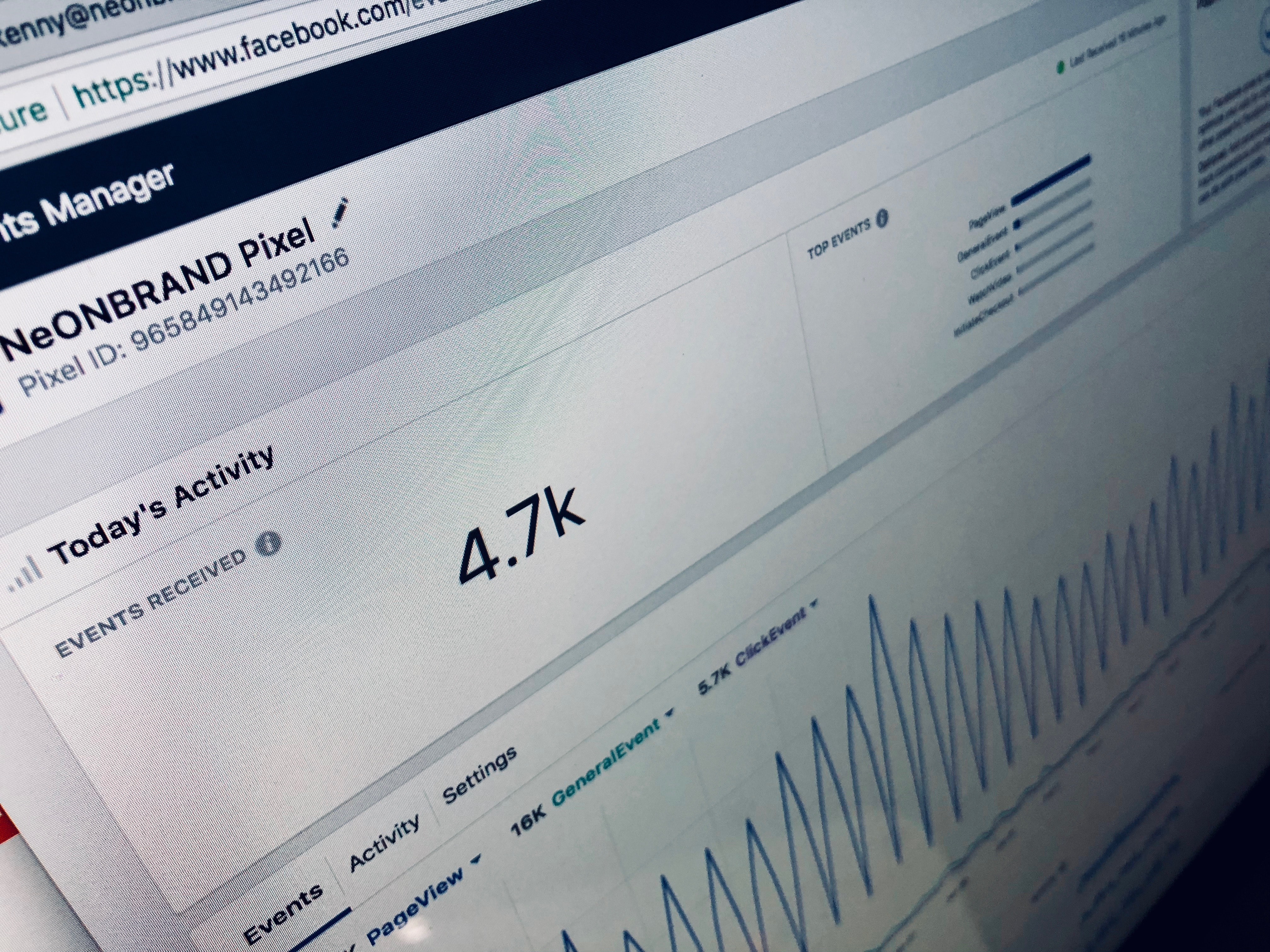A new privacy feature will be introduced to Apple iPhones sometime in early 2021 requiring that apps like Facebook request user permission before accessing their IDFA. The IDFA is what allows Facebook and other apps to track user behavior across the web and serve them highly targeted and successful ads. Without user permission, ads will not be as targeted and will likely be less successful. The good news is that Facebook’s Aggregated Event Measurement can be configured to track user behavior in a way that works around Apple’s privacy update. Continue reading for the details.
In June 2020, Apple announced that a new privacy feature would be introduced on their iOS requiring all applications to ask users for permission to track their activity in order to deliver more targeted ads to them. This new feature is part of Apple’s continuing effort to reduce tracking across the internet that allows companies, including Facebook advertising, to collect data about users in order to provide them with highly targeted advertising.
This new privacy feature will work as a pop-up, similar to how individual apps are required to request user permission before accessing their camera or photos. However, in this case, when an app would like to track a user’s activity, a pop-up will appear and ask something along the lines of, “Allow [app name] to track your activity across other companies’ apps and websites?”
This feature was originally intended to debut with iOS 14, but Apple has delayed its introduction in order to give companies time to prepare for it. However, it is expected to be introduced sometime in early 2021.
Here’s how and why this will affect your ad spending:
Each Apple iPhone user has an IDFA or Identifier for Advertisers. This is a randomly generated code assigned to a user’s device by Apple. This ID can be used by Facebook advertising to track the user’s activity across the internet, like which web pages they visit and which apps they use, in order to serve them with ads based on this activity. For example, if you search for an air fryer on Amazon, then open Facebook, you’ll likely see ads for air fryers because your IDFA has been used to tell advertisers that you’re interested in that item.
Once Apple’s new update goes into effect, Facebook advertising will no longer have access to this IDFA unless the user grants permission to the app to track it. It’s unlikely that most users will grant apps like Facebook permission to access their IDFA.
Because of this, Facebook was prompted to put out a statement to its advertising clients saying that the app’s “ability to deliver targeted ads on iOS 14 will be limited.” This statement goes on to say that “some iOS 14 users may not see any ads from Audience Network. While others may still see ads from us, they’ll be less relevant.” According to this statement, Facebook advertisers should also expect worse returns on their ad spending and a reduced ability to reach specific user segments in a targeted manner.

How to prepare for Apple’s privacy update with Aggregated Event Measurement
The recommended solution for this Facebook advertising update is Aggregated Event Measurement protocol. This protocol will allow you to measure web events from iOS 14 users. However, this limits domains to 8 conversion events that can be used to optimize your campaigns.
This solution corresponds to Apple’s Private Click Measurement but is intended to solve specific advertiser use cases that haven’t been addressed by Apple’s privacy proposal. This protocol will continue to be developed with any future changes in order to help Facebook advertisers bolster consumer privacy.
It should be noted that once Apple’s privacy changes are enforced, some configuration and account limits will be imposed.
Configuring Aggregated Event Measurement
At first, events will be pre-assigned by Facebook based on what the app believes matters most to your business. This is based on your most recent campaign spend from all ad accounts connected to that domain. With custom conversion, you can create custom events and you should choose events that will include the data that is most relevant to your business. This data can then be used to target, optimize, and measure your ads.
Before you begin configuring Aggregated Event Measurement, you’ll need to do the following:
- If you don’t have a Business Manager account, create one. It’s necessary to verify your domain.
- If you have a Business Manager account, make sure that you have administrative access to the account. If you don’t have this access, a current administrator should be able to give you access.
- Be sure that your Business Manager has access to the pixels necessary for setting up events.

Once you’ve done this, here are the steps you’ll need to follow to configure Aggregated Event Measurement, as explained by Facebook:
- Go to your Events Manager.
- Select the pixel you want to use.
- Under Aggregated Event Measurement, choose “Edit Events”.
- Find the domain you’ll be configuring events for.
- Click “Verify Domain”.
- Click “Edit Events”.
- Remember that you can only configure up to 8 conversion events. If you turn on Value Optimization, this will use some of your conversion events. There will be a number at the top of your screen showing you how many Event slots have been filled as you set your configuration.
- Under “Pixel / Custom Conversion”, choose which pixel or custom conversion you’ll be configuring.
- Under “Event Name” you can then choose the event you want to construct.
- If the event you choose is a purchase event, you’ll have the option to toggle Value Optimization on or off.
- Keep in mind that you’ll need to turn on Value Optimization if you want to use Value Optimization in iOS 14 ad campaigns. To get the most out of your events, any event using value optimization should be placed in a high priority slot.
- Choose the quantity of value sets you want to have set up under “Assigned Events”.
- Repeat the previous steps for all the events you’ll be configuring.
- Once you’ve configured all of your events, drag and drop them into the highest and lowest priority, with the highest at the top and the lowest at the bottom.
- This is used to choose which conversion event will be sent during a conversion window.
- After this, you’re finished!
Just remember to review your event configurations and any impacts your changes may have on your ads. If there’s no issue, you can confirm your new events. You can learn more about configuring Aggregated Event Measurement here.
RESULTS ARE VITAL
When it comes to Facebook advertising, PPC advertising in general, and digital marketing, things are constantly changing. It can be difficult and confusing to keep up with it all, but with the help of an experienced digital marketing agency, you won’t have to worry about getting lost in these changes.
This is why Vital Digital is here for you! We provide digital marketing services including, but not limited to, Facebook advertising, search engine optimization, and website development.
We also provide HubSpot, SharpSpring, and Zapier consulting to help you automate your marketing and function as efficiently as possible. Request a free quote today and let us know how we can help!
